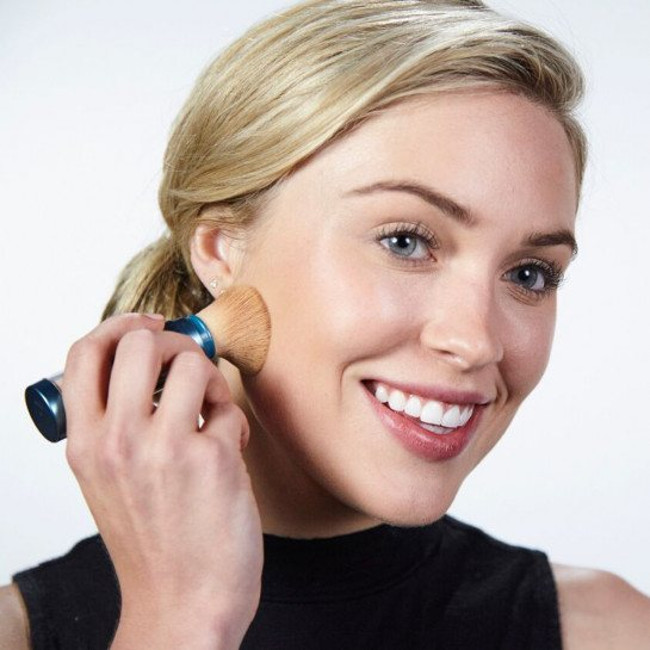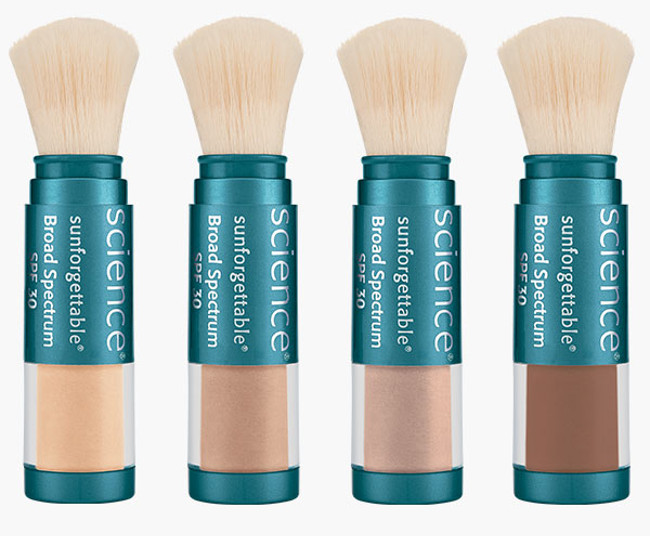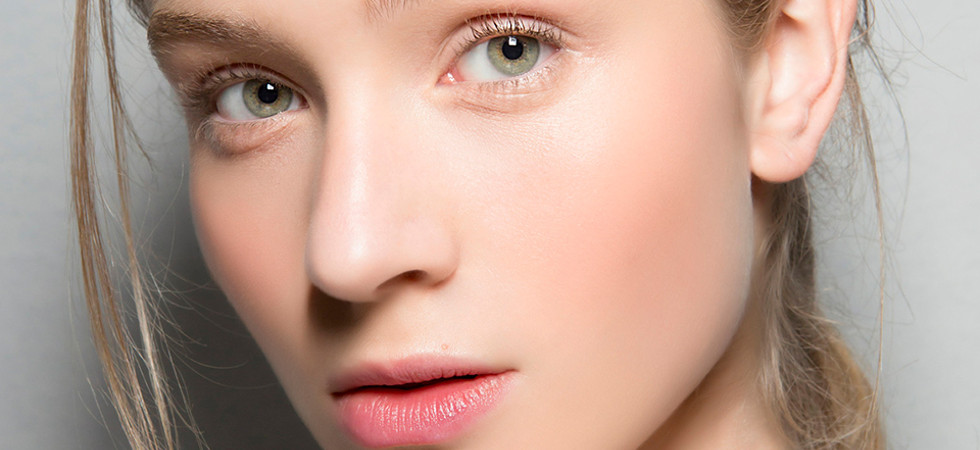Rosacea is a skin disorder that women all over the country suffer with, yet most have no idea what triggers the condition, how to get it under control and how to prevent further flare-ups. In a survey done by the National Rosacea Society, they found that 95 percent of rosacea patients had little or no knowledge of rosacea’s signs or symptoms before their diagnosis, and 90% said it had lowered their self-esteem.
Here the lead product developer at Colorescience UK, Patricia Boland informs us of this increasingly common yet problematic skin condition, the main triggers, and how to get it under control.
What are the most common signs and triggers for Rosacea?
Common signs of rosacea are a feeling of facial burning, stinging and itching, some may also experience swelling of the face from fluid buildup, which can cause the cheeks to appear quite baggy and round. There is no particular skin type affected by rosacea and the condition can present itself in different ways for different people, so it’s best to consult a Dermatologist if you’re experiencing any of these symptoms.

Sun exposure is the most common Rosacea trigger as the direct heat and light from the sun’s rays penetrate deep into the skin and increase the chances of flare-ups, however there are many other triggers which you may be unaware of. Here, Patricia explains five of the most common triggers of Rosacea:
⦁ Alcohol
Consumption of Alcohol can expand the tiny blood vessels in the face, causing the face to flush and become hot. Its best to drink in moderation or only on special occasions. Topically applied alcohol in facial cleansing products can also increase chances of flare-ups, its best to check the product ingredients and avoid those containing alcohol or other drying ingredients.
⦁ Exercise
Regular exercise is important for keeping up a healthy lifestyle, however this represents a problem for women who are affected by Rosacea as this is a common trigger for flare-ups. You don’t need to abandon your exercise regime, perhaps limit outdoor exercising to morning or evening hours to avoid midday heat and sun exposure and always remember to keep yourself well hydrated.
⦁ Spicy or hot foods and drinks
Foods that contain spicy ingredients can affect the blushing areas of the face, leading to redness and consistent flushing. Since hot food and drinks often trigger facial flushing, you should allow your food or warm beverage to cool a bit before consuming.
⦁ Sun and wind exposure
Sun exposure, hot and cold temperatures, and wind exposure frequently aggravate rosacea symptoms. Always wear a broad-spectrum sunscreen when outside, even on cloudy days and if possible, stay inside on hot, humid days.

⦁ Anxiety and stress
It’s a lesser known fact that stress and anxiety can cause rosacea symptoms to worsen in women. Its best to try and pinpoint what exactly is making you feel stressed or anxious, so you can try and work on these areas and make things a little easier which in turn will increase your chances of getting your rosacea under control.
How Can You Protect Your Skin?
The best way to protect your skin is to wear sunscreen year-round and always reapply every two hours, most women assume sunscreen is for the summer months only, yet the suns rays can be just as penetrative in the winter months so its best to protect all year round.
The National Rosacea Society recommends a non-chemical sunscreen, such as a convenient mineral formulation, that contains zinc or titanium dioxide and offers UVA/UVB protection. Colorescience® Sunforgettable Brush-on Sunscreen SPF 50 is the ideal solution for all Rosacea sufferers.






















